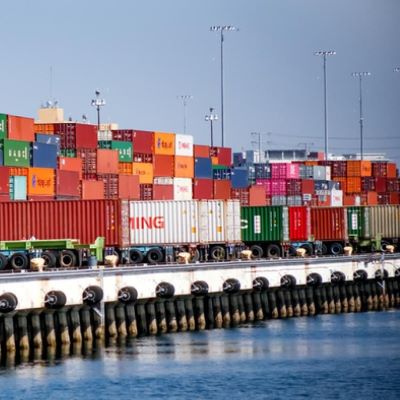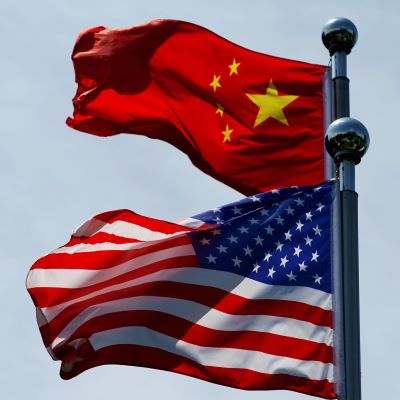Early signs of supply chain disruption from the recent trade war

Import cargo at major US container ports is expected to decline year-on-year for the first time in over a year and a half in May, as the effects of the trade war on the supply chain start to become apparent
“We are starting to see the true impact of the tariffs on the supply chain. From national security tariffs on Canada, Mexico and China to global and reciprocal tariffs on all countries and a multitude of tariffs on specific sectors, the results will include higher costs for businesses as well as reduced cargo volumes”, said NRF Vice President for Supply Chain and Customs Policy Jonathan Gold.
According to the Global Port Tracker report released by the National Retail Federation and Hackett Associates, projected container volumes at major ports have been significantly revised downward following the announcement of new US tariffs in April.
The first half of 2025 was originally expected to see 12.78 million TEU (twenty-foot equivalent units — a standard measure for shipping containers), representing a 5.7% year-on-year increase. However, the latest forecasts estimate only 12.13 million TEU, a 0.3% increase, indicating a significant slowdown in growth.
This difference is stark from May onwards, with a forecast of 1.81 million TEU, reflecting a 12.9% year-on-year decrease, as compared to the previously predicted increase of 2.8%.
The tariffs imposed since February, including a minimum of 10% on all US trading partners, which have not been paused for 90 days*, “come at the most important time in the buying process” for retailers, said Gold. As a result, many retailers are pausing or cancelling orders, with small retailers in particular “concerned about what to expect in the coming months and how to order for the future”.
“In the end, these tariffs will affect consumers in the form of higher prices and less availability on store shelves”, he concluded.
Image Credits: joc.com

















